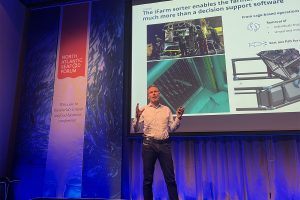
NASF kicks off with a focus on sea lice and aquaculture innovation
Sea lice prevention technologies are big business in Norway. Several solutions were on display at the North Atlantic Seafood Forum in Bergen.
Day two of the North Atlantic Seafood Forum delves into geopolitical conflicts that bleed into fishery management and sustainability initiatives.

Sea lice prevention technologies are big business in Norway. Several solutions were on display at the North Atlantic Seafood Forum in Bergen.
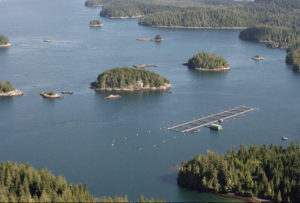
A salmon producers' association and a coalition of First Nations say the move ignores scientific evidence and Indigenous rights and title.
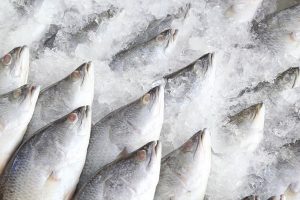
A co-author of a recent paper discusses two innovative case studies emerging from work conducted during the COVID-19 pandemic to minimize seafood fraud.
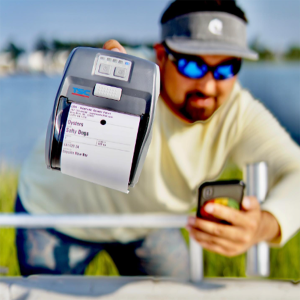
Maine-based BlueTrace has raised more than $4 million to modernize seafood operations and traceability efforts.
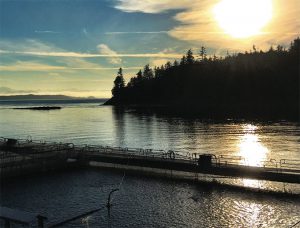
Regulatory uncertainty, high capital cost, low ROI and few incentives were identified as hurdles to moving BC salmon farms onto land.
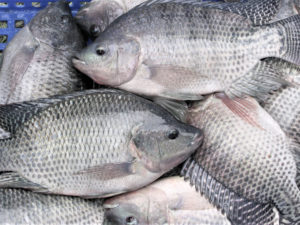
Scientists say the reference genome for a genetically improved tilapia strain can be a "baseline" for breeding beneficial traits.
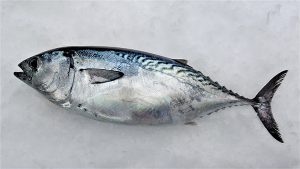
From artificial intelligence to remotely operated vehicles, new technologies offer Japanese aquaculture improved efficiency and insights into fish farming.
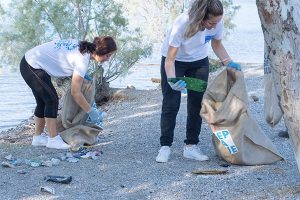
Tesco has announced plans to recycle and reuse discarded plastic waste from coastal areas into their fresh fish packaging.
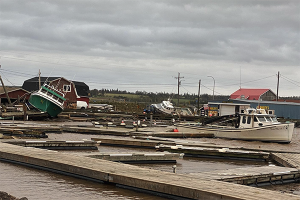
The Canadian government will provide funding for two years for Atlantic Canada's shellfish sector to help with the Hurricane Fiona recovery.
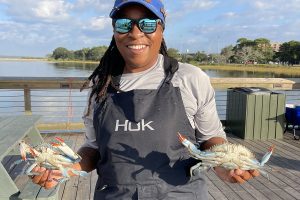
For Tia Clark, the Casual Crabbing with Tia Airbnb experience is no side hustle – it’s about representation, education and connections.
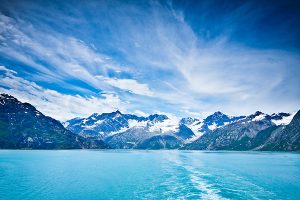
PolArctic is using AI to create a "digital twin" of the North Pacific to understand and prepare for the impacts of climate change.
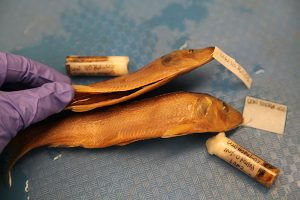
A study shows fish parasites plummeted from 1880 to 2019 due to ocean warming, which University of Washington researchers say is bad for ecosystems.

Shrimp color is critically important because of the visual impact and the ability to command higher prices. To some, it’s also a signal of good health.
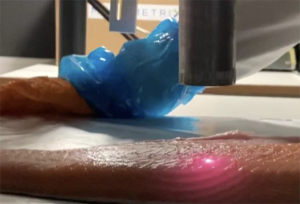
Norwegian research institute Nofima has developed methods for the rapid measurement of omega-3 fatty acids EPA and DHA in salmon fillets.
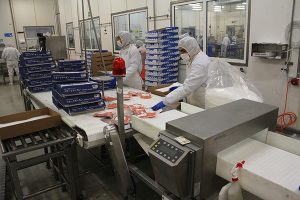
Seafood quality evaluation methods that are fast, accurate and non-destructive will safeguard seafood quality and safety.